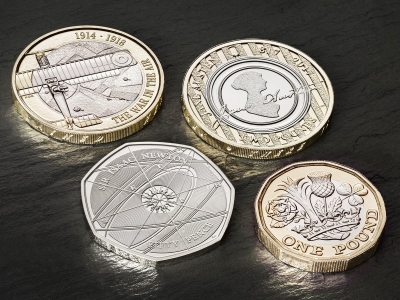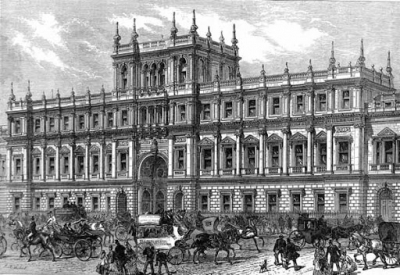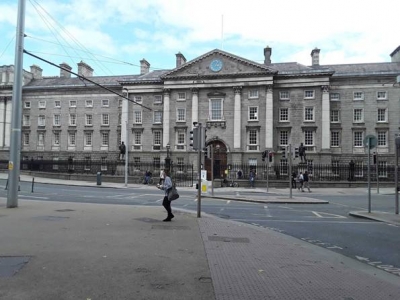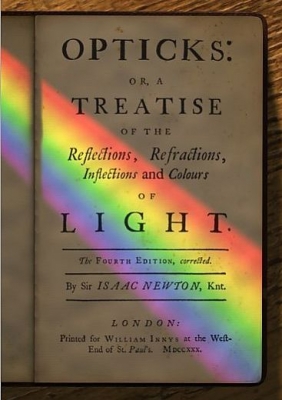
Among all the duties Newton had at the Royal Mint, the most impossible one was testing the purity and accuracy of coins. The coins had to be of the correct weight and fineness, with only the least difference from each other.
The task of determining whether each coin was identical to the other, turned out to be a tedious one. However, Newton’s scientific training came in useful to tackle this job.
Newton visited the pressing plant next to his office at the Royal Mint every day. Workmen would take out a small sample of the molten metal using ladles designed for this purpose. The sample would be taken back to the warden’s laboratory where he conducted chemical experiments on the metal to verify if it met the required standards of purity.
Newton claimed that he had brought the coinage to a much greater degree of exactness than ever before. Naturally, he reacted angrily when a judgment by the jury in the Trial of the Pyx in 1710 declared that the gold coins were substandard. (The Trial of the Pyx is a procedure in which the integrity of the coinage of England was tested.)
Picture Credit : Google










